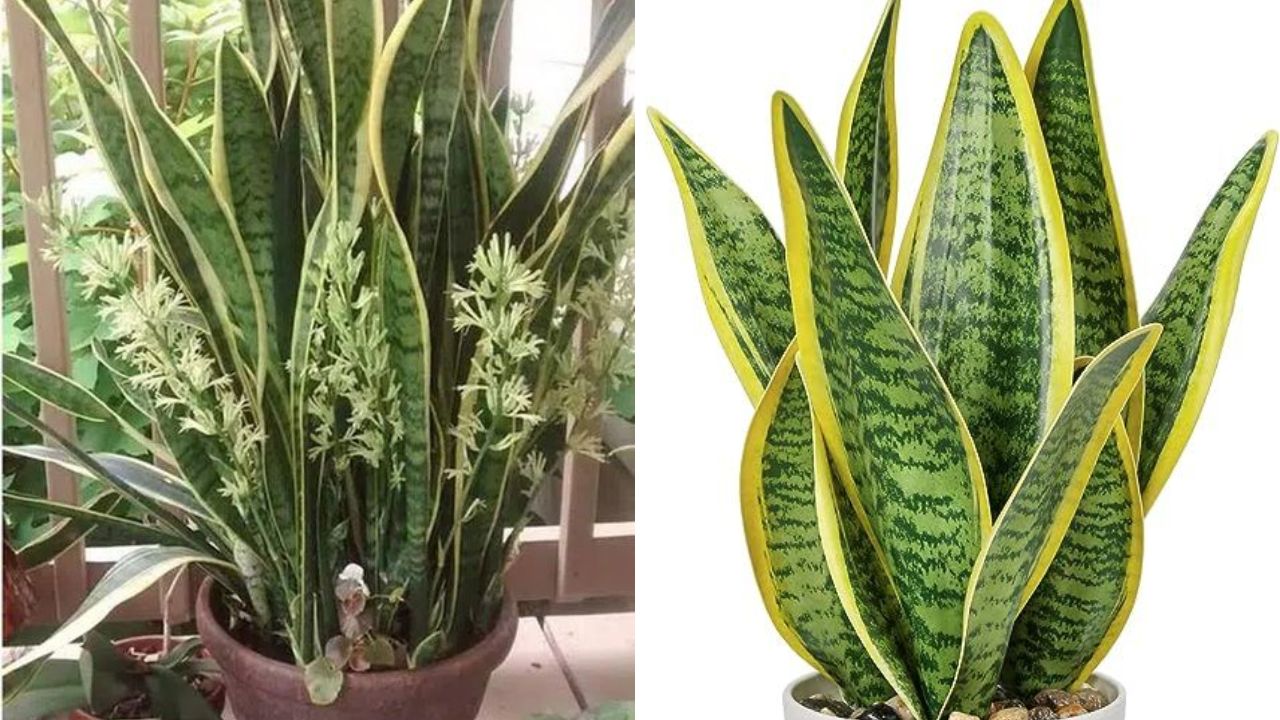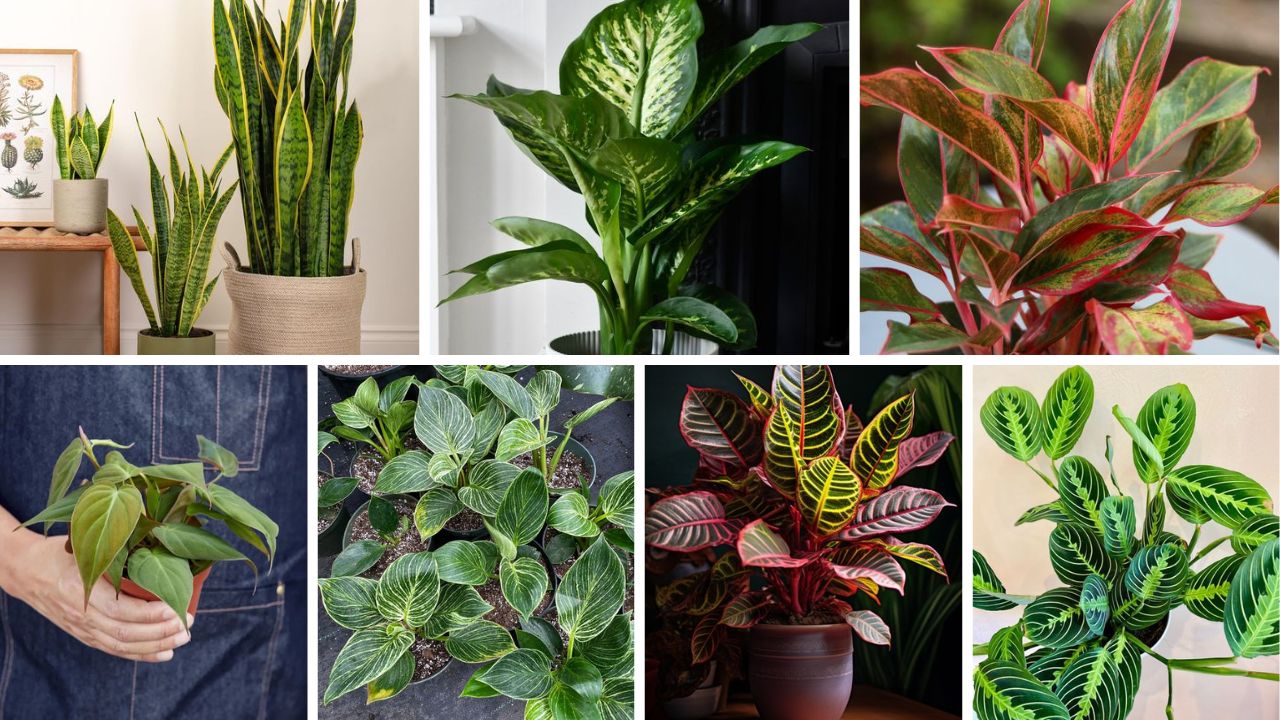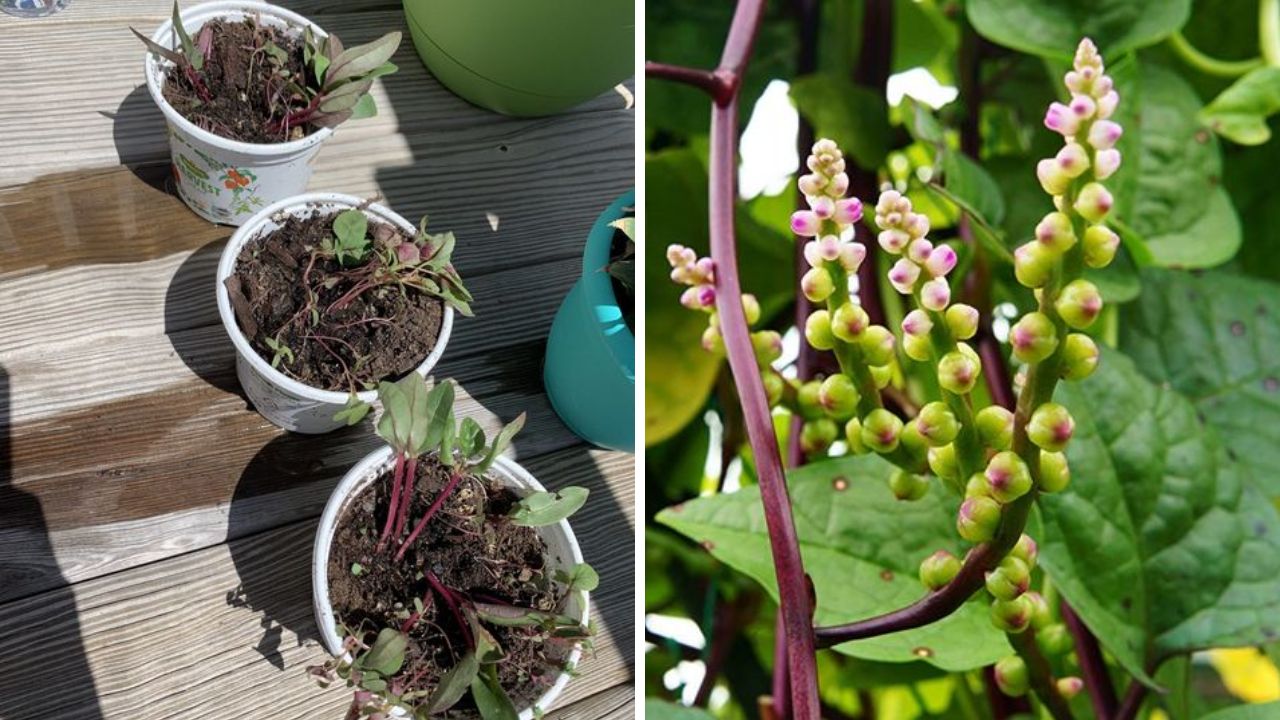With good reason, spinach is connected with spring and a main ingredient in salad dressings for the season—it thrives in chilly conditions. Spinach bolts in the summer because of the heat and extended daylight. If growing it in the spring or fall doesn’t satisfy your need for spinach, you may want to try Malabar spinach instead.
Malabar spinach is a tropical leafy green that bears the name of a southwest Indian coastal region. Although it looks like spinach, it is not a true spinach botanically. The glossy, dark green leaves and branches have an oval or heart shape and can be eaten fresh in salads or fried. Malabar spinach has a mild, spinach-like flavor with hints of citrus and pepper. However, after cooking, the texture differs from that of spinach. Similar to okra, the thick, semi-succulent leaves turn gluey.
Malabar spinach requires a trellis to sustain its rapid growth because it grows vertically. It is an annual crop, similar to spinach, but it can be grown as a perennial in warmer locations with frost-free winters. It is not only an edible plant, but also an attractive addition to a garden bed, especially the red-leaf variety.
Table of Contents
ToggleMalabar spinach Plant Overview

| Common names | Malabar spinach, Indian spinach, Ceylon spinach, vine spinach, climbing spinach |
| Botanical Name | Basella alba |
| Family | Basellaceae |
| Plant Type | Vegetable |
| Size | 6 to 10 ft. long, 2 to 3 ft. wide |
| Sun Exposure | Full sun |
| Soil Type | Loamy, sandy, moist but well-drained |
| Soil pH | Neutral to acidic (6.5 to 6.8) |
| Hardiness Zones | 7-10, USA |
| Native Area | Tropical south and southeast Asia, Indian subcontinent |
Malabar Spinach Care

Malabar spinach requires little maintenance, however it does require consistent hydration.
Light Requirements
Malabar spinach can withstand some shade, but it thrives in direct sunlight. Indeed, it may grow larger and more succulent leaves in areas of light or dappled shade.
Soil & Potting
Malabar spinach is not picky about the type of soil it grows in; it can be planted in a variety of soil types. Although sandy loam soil that is rich in organic matter, well-draining, and fertile is ideal, it can also withstand damp soil as long as it is not too wet.
Watering
Malabar spinach need moisture. It will flower early in dry conditions, which might make the leaves bitter. It needs to be watered on a regular basis if there isn’t enough frequent rainfall. On the other hand, excessive precipitation is typically not an issue unless the land has inadequate drainage.
Temperature and Environment
Malabar spinach is a tropical plant that is highly susceptible to frost; it requires heat to grow and will perish in extremely cold weather. You won’t see much growth at temperatures below 80 degrees Fahrenheit during the day and 60 degrees Fahrenheit at night. The temperature must rise over 90 degrees F for the plant to begin to thrive.
Fertilization
Malabar spinach, like most greens, requires a high-nitrogen fertilizer to support strong leaf development. During the growing season, feed it once at the time of first planting with a granular, slow-releasing fertilizer, and then approximately every three to four weeks after that.
How to Plant Malabar Spinach?
Your climate will determine the best time to plant Malabar spinach. It can be directly sowed in the garden two to three weeks after the last frost date in zones 7 and above. Start it inside six to eight weeks before the final spring frost in all other regions.
Whatever method you use for starting Malabar spinach, make sure it is in a spot where it receives lots of sunlight, can grow to a good height, and won’t adversely effect other plants with its shadow. Alternatively, put it where the shade it provides is beneficial, like next to lettuce, which benefits from additional shielding from the hot summer heat. Malabar spinach makes a good companion plant for heat-sensitive plants since its vines develop swiftly.
Malabar spinach grows vertically, therefore its area needs are relatively modest, and it may be planted in containers.
When planting Malabar spinach seeds in garden soil, be sure to leave 3 feet between rows and sow the seeds a quarter of an inch deep and one to two inches apart.
Support structures like trellises, chain-link fences, poles, or teepees are necessary for the vines to grow straight. It can outgrow other crops if allowed to trail and spread out on the ground.
Green Malabar Spinach vs. Red Malabar Spinach
Red Malabar spinach (Basella rubra) and green Malabar spinach (Basella alba, or Basella cordifolia) are the two common species of Malabar spinach. You can eat both kinds.
While Basella rubra, with its oval to round leaves with pink veins and purple or burgundy stems, is more frequently planted as an ornamental, Basella alba, with its dark green foliage, is typically grown as a vegetable in gardens. The red hue of the stems is lost when cooked, which is one of the reasons green Malabar spinach is the favored form for consumption. For these reasons, it is recommended to use red Malabar spinach uncooked when cooking.
Harvesting
After planting, wait 70 to 85 days for the plant to reach full maturity in order to harvest larger, more succulent leaves.
Shear individual leaves, stems, and tips of vines with scissors or garden shears. Harvest just what you require at any one time. Harvesting on a regular basis promotes more leaf growth, so rather than removing a whole plant, take smaller portions more frequently. Malabar spinach grows quickly under the appropriate circumstances, therefore overharvesting is unlikely.
Malabar spinach is best when it is fresh from the garden, although it may be kept for two to five days in a cool spot between 50 and 60 degrees.
How to Grow Malabar Spinach in Containers?

Malabar spinach can be grown in containers, but there are two requirements: the container needs to be big and heavy enough to hold a trellis or other support and not tip over from the weight of the vines in windy circumstances. Furthermore, Malabar spinach must always be kept moist. Potted Malabar spinach needs to be watered even more frequently than garden soil since container plants dry out even faster.
Pruning
Malabar spinach, like all vines, has the potential to grow unkempt and heavily intertwined. After it takes off, frequent harvesting would not be sufficient to maintain its shape, and further trimming of the fleshy stems and leaves might be needed.
Unpruned vines can grow up to thirty feet in length. You may encourage the plant to branch out by pinching the tips of the vines.
Propagating Malabar Spinach Vegetable
Cuttings and stems from the tips of vines can be used to cultivate Malabar spinach. Plant them straight in most soil and keep them damp, or soak them in water for a few days before planting.
Allowing Malabar spinach to flower and set seed is another method of propagating the plant. This method works best in dry environments or with less than 12 hours of daylight per day. Gather the seeds that have completely dried and keep them somewhere cold and dry until the next planting season. Four years are left on the seeds’ viability.
How to Grow Malabar Spinach From Seed?
The hard seeds of Malabar spinach need to be pretreated in order to increase germination, regardless of whether you straight seed the vegetable in your garden or start it inside in seed flats. Before planting, you have two options: either gently shatter the seed coat with a file, sharp knife, or sandpaper, or soak the seeds in water for the entire night.
The recommended technique for zones 7 and higher is to plant the seeds in your garden after all threat of frost has passed. Alternatively, you can sow the seeds indoors in cell flats six to eight weeks before to your last frost date. Using either technique, sow the seeds quarter of an inch deep and proceed with the standard seed starting guidelines.
The ideal range of temperatures for seed germination is 65 to 75 degrees Fahrenheit. The seeds require two to three weeks to sprout.
When the soil has warmed up, which should happen two to three weeks following the last frost date, seedlings that were begun indoors can be moved outside after being hardened off. Six inches should separate each seedling. When starting seeds in a garden, space the seedlings six inches apart. Remove any extra seedlings as they become established so that the plants are eventually spaced about one foot apart.
Overwintering
You can overwinter Malabar spinach indoors and replant it outdoors the following spring in locations where the plant won’t survive the winter.
A sizable, bright window and sufficient room are required for the plant’s vertical growth. In late summer, take cuttings from your plant and root them in a container that has a trellis or some other kind of support. Harvest the leaves or prune it as mentioned above to manage its development.
Common Pests and Plant Diseases
Although the warm, moist circumstances necessary for the plant’s growth make malabar spinach relatively resistant to insect and disease damage, fungal infections can still arise from these settings.
Cercospora beticola, a fungal leaf spot that also affects sugar beets, spinach, and Swiss chard, is a prevalent issue. Small grey dots with a dark purple or brown ring surround the circular or oval marks on the leaves of diseased plants. In order to stop the fungus from spreading and eventually defoliating your spinach, remove the leaves as soon as you see these signs and dispose of them in the garbage (do not compost). It is not recommended to eat leaves that have fungal leaf spot.
Also Read: Ramps Complete Guide To Grow And Care





